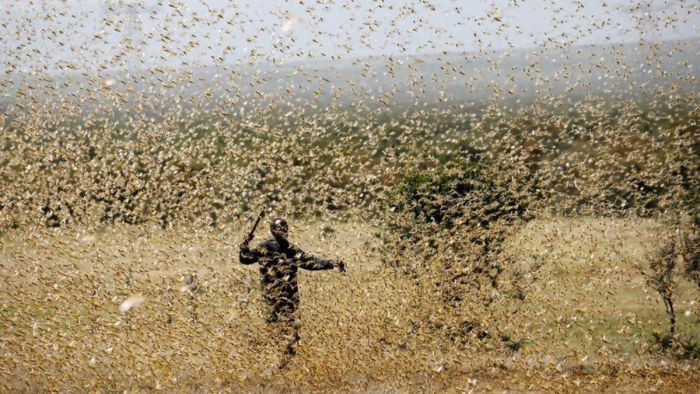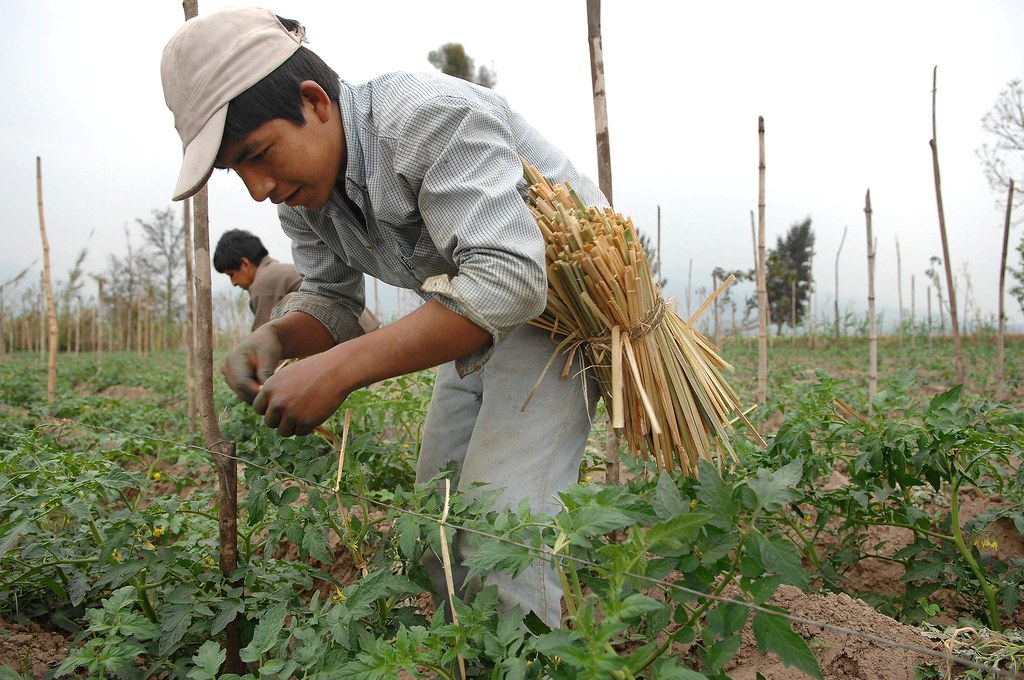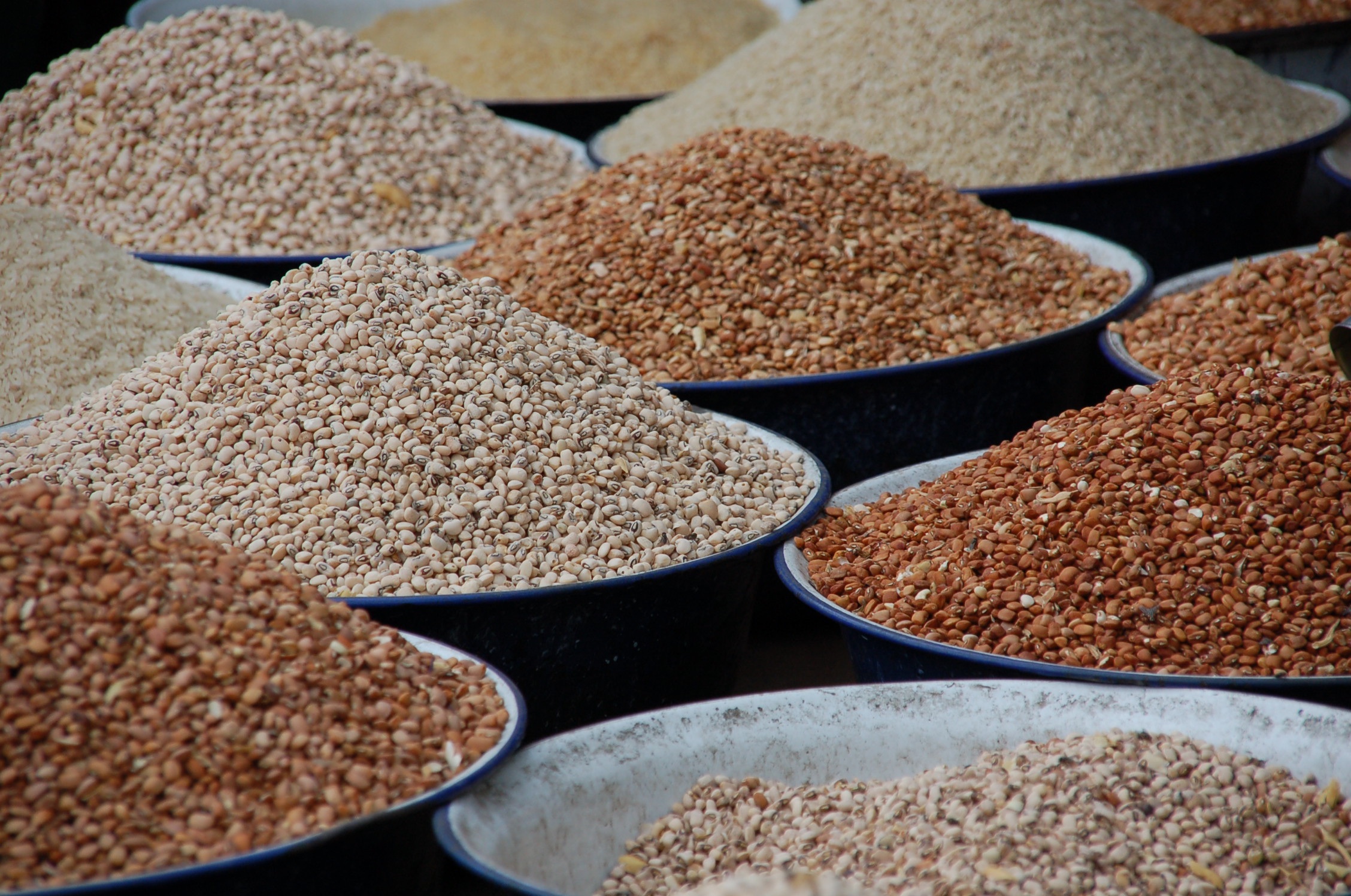
Sustainable Development Goals or SDGs are a collection of global goals that aim to create a better and sustainable future for all on Earth. The United Nations members adopted the SDGs in 2015. 2030 is the intended year that the SDGs are to be achieved. There are 17 SDGs that target the most concerning problems that affect people’s lives. Some goals include eliminating poverty, action on climate change, and access to quality education. I am going to discuss SDGs goal #2 which is end hunger.
Food shortages and insecurities has continued to be one of the biggest challenges people face around the world. In the past several years, the number of food insecurity has been on a rise. It is estimated that 25.9% or 2 billion people suffered from some amount of hunger. According to sdgs.un.org, human conflicts, climate change and the locust crisis have all contributed to hunger around the world. The covid-19 outbreak is a added interruption of food accessibility to many communities.

The affects of food shortages is very profound in youth who face malnutrition, stunting and wasting. SDGs.un.org estimates that 149.2 million or 22.0% of children under age 5 suffer from stunting in 2020. Roughly 45.4 million or 6.7% of children under age 5 suffer from wasting. Also, food shortages contribute to anemia in women that affect maternal and neonatal outcomes. Evidence based statistics regarding covid-19 pandemic impact on chronic food securities will be presented at The State of Food Security and Nutrition in the World 2021 (SOFI 2021) report in July 2021. Learn more here about SOFI report and how to register for event.
There has been specific steps or targets made to help achieve SDG #2. Target 2.3 is to double the agricultural productivity and income of vulnerable groups. These groups include women, family farmers, indigenous people and fishers. This can be achieve by insuring secure and equal access to land, productive resources, markets and non-agricultural jobs.

Target 2.4 is to implement resilient agricultural practices that increase productivity, maintain ecosystems, and produce crops that can survive climate change effects such as floods and droughts. These practices will contribute in improving land, soil, and sustain food production systems.
Target 2.5 is to help maintain genetic diversity in seeds, plants, farmed and domesticated animals. This can be achieved by maintaining diversity in seed and plant banks at the national and internationally levels. Furthermore, target 2.a can assist in agricultural productivity by addressing rural infrastructure.

As I stated previously, hunger was rising before the pandemic. We will not know until the SOFI report is release how significant Covid-19 has affected food shortages in communities. However, the mission and fight to end hunger along with the other SDGs is a full time go!
Learn more about SDG #2 and others here and be apart of fight for a better future on Earth. There is a enough resources on Earth for no one to go hungry!
I hope you were motivated by this blog. Feel free to follow me on twitter at @JoshuaM56704430. Thank you.